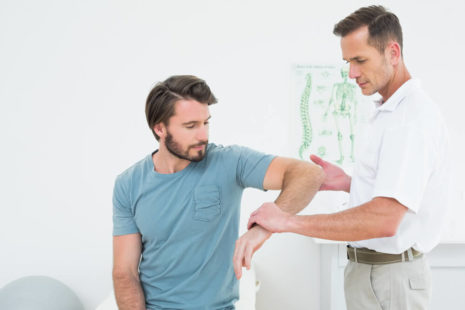Fluid on the knee, or knee effusion, is a common condition where excess fluid accumulates in or around the knee joint, leading to swelling, stiffness, and pain. This condition can be caused by injury, overuse, or underlying diseases such as arthritis. While rest and reducing inflammation are primary treatment steps, exercise also plays a crucial role in recovery and prevention of further issues. It’s vital to approach exercise carefully to avoid exacerbating the problem.
The Benefits of Exercise
- Strengthens Surrounding Muscles – Strengthening the muscles around the knee can help stabilize the joint, reducing the burden on it and helping to prevent future injuries.
- Increases Range of Motion – Gentle exercises can improve flexibility and mobility, decreasing stiffness associated with fluid accumulation.
- Promotes Fluid Drainage – Movement helps in pumping out excess fluid, reducing swelling more efficiently than complete rest.
Recommended Exercises
- Quadriceps Strengthening – Exercises like straight-leg raises can strengthen the thigh muscles without putting extra pressure on the knee.
- Hamstring Curls – These can be performed lying down or standing and help strengthen the back of the thigh, supporting the knee joint.
- Calf Raises – Strengthening the lower leg helps support the knee and improves overall leg stability.
- Low-Impact Cardio – Activities like swimming or cycling increase heart rate and blood flow without putting stress on the knees, aiding in the reduction of swelling.
Exercises to Avoid
- High-Impact Activities – Running, jumping, or any activity that puts significant stress on the knee should be avoided until the swelling and pain have subsided.
- Deep Squats and Lunges – These exercises put considerable pressure on the knee joint and can aggravate the condition.
Key Considerations
- Consult a Professional – Before starting any exercise regimen, it’s crucial to consult with a healthcare professional, such as a physical therapist. They can provide a tailored exercise plan based on the severity of your condition and overall health.
- Start Slowly – Begin with low-intensity exercises, focusing on form and stability. Gradually increase intensity under professional guidance.
- Monitor Pain and Swelling – If exercises lead to increased pain or swelling, reduce the intensity or stop and consult with a healthcare provider.
While fluid on the knee can be painful and limiting, incorporating appropriate exercises into your treatment plan can aid in recovery and prevent future issues. By focusing on strengthening, flexibility, and low-impact activities, and avoiding exercises that could exacerbate the condition, you can effectively manage fluid on the knee. Always work with a healthcare professional to ensure your approach to exercise is safe and effective for your specific situation.




